An intriguing local commercial venture, now almost forgotten, was the building of a very large sports stadium named White City. It was situated just to the east of Blaydon directly on the south side of the old Scotswood Bridge and adjacent to Chain Bridge Road, the road leading from the bridge west into Blaydon. It was built in an oval shape on a twelve acre site at a cost of £50,000.
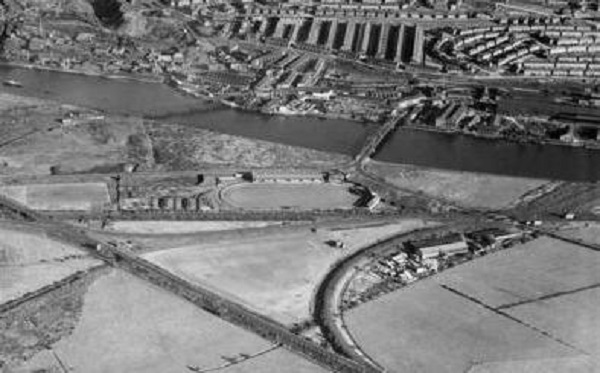
The stadium was surprisingly large with a crowd capacity of 24,000 with concrete stepped stands similar to old league football grounds. It had an oval track for racing and a rugby/football ground in the central area. There were also various outbuildings, mostly adjacent to the road, comprising offices, changing rooms, admission booths and there were kennels for the greyhounds over on the western perimeter. As a teenager of the 1950s I can remember the building visible from the road with, I think, 'White City Greyhound Racing Stadium' or something very similar in large faded letters painted on the wall.
My Uncle Wilfie Charlton, a Spiker born in 1923, remembers its opening ceremony in 1937 and there was much interest among the locals many of whom went along. Wilfie didn't go to the opening but went to a greyhound meeting a short while afterwards and again on one occasion after the second world war.
There were ambitious plans to make this a prestige venue. For example in the opening year, 1937, the ground was adopted by Newcastle Rugby League Club who in addition to their league games staged a match between themselves and the touring Australian team, this on 25th September 1937. The Aussies won 37 – 0.
The stadium also hosted an international ladies football game – England v Scotland on 11th June 1938. Two members of Darlington Quakers Ladies Football team, Priscilla Roddam and Greta Plews, were picked to play for England. They scored all four of England's goals in their 4-2 defeat of the Scots.
Unfortunately the venue was ill fated as a commercial success. It proved a real struggle to attract viable numbers of patrons and of course the war would probably have severely curtailed activities anyway. Newcastle Rugby League Club didn't get the attendances they had hoped for. At the start of the 1937/8 season the Blaydon Courier optimistically reported, “The Newcastle club come to us from Brough Park and it is expected that the change of venue will result in a larger following and increased finances for the club”. Sadly it did not transpire – the rugby club folded in 1938.
During the war years the stadium car park was requisitioned by the military and was used as a barrage balloon site. The site was operated by WAAFs of 937 Squadron which had ten of these sites at chosen positions along the nearby banks of the Tyne, defending strategic sites - bridges, power station, Armstrong's munitions factory, the Monty pit and so on. The White City Balloon Site was Site Number 74. For more information about the balloon site and a very nice romantic story related to it you might like to read the article below and also the essay about the about nearby Blaydon Haughs 'The Spike' - see index.
There was a further attempt to relaunch the venue after the war but once again it was not a success, probably due to the austerity of those times and the stadium finally closed to sporting activities for the final time on 26th May 1951. Sadly this forced the winding up of Blaydon Harriers who had used the stadium as their home base.
After closure the stadium was used as a commercial storage facility then eventually demolished and replaced by the warehouses of Galloway Steel Stockholders, now Tata Steel. Just to the west of Tata's buildings a small section of old single story building remains, adjacent to Chain Bridge Road, behind which is a storage depot(see photos below). Is this part of the old White City outbuildings? I was told it was but comparing/superimposing old and recent maps it seems unlikely. Can anyone throw any light and are there any photos of the actual stadium out there? I've never seen one.
WAR TIME ROMANCE AT BALLOON SITE 74
Below are the written memories of WAAF Vera Dorothy Potter who was aged 18 in 1942 when she came north to Tyneside from Gillingham in Kent and was allocated for duty at White City Balloon Site. She married Spiker Charlie Page in 1943. Also at the site was WAAF Grace Futcher of Bournemouth, also aged 18 in 1942. She married Spiker Joseph Page in 1943. A third WAAF Aminda (Linda) Reeks of Guildford, also 18 in 1942, married Mick (Clarence) Page, also in 1943. Vera's recollections of arrival at the site, her duties there and so on are quoted verbatim below. Thanks very much to her son Les Page for sending me this document as well as his contribution of many items of information about Blaydon Haughs, The Spike.
A train arrived at Newcastle central station one evening in 1942. Amongst its passengers was our party of young WAAFS, aged from seventeen to twenty one years old, who had come to work on the barrage balloon sites around Scotswood, Swalwell, Dunston and Gateshead, which until then the men of the RAF had crewed.
We all jumped into two three ton trucks with out kitbags. After a short drive we were dropped off at our new homes, the balloon sites. It was evening when we arrived, and there were two RAF personnel still on site to get us settled in. Daylight came and we saw our surrounding balloon site, but where were the houses and shops? This we were to find out later on.
937 SQUADRON had ten sites, among them - - -
Monty Pit – Scotswood.
White City – Scotswood Bridge.
Swalwell Cricket Club site.
Crowley, Dunston.
Power Station, Dunston.
Windmill Hills, Gateshead
I was to be put on Site 74, White City, near the old Scotswood Bridge. The site was in the car park of the White City Greyhound Racing Stadium. There were three oval corrugated iron huts. Sergeant and corporals sleeping quarters, a recreation hut and other ranks sleeping hut, cook house and dining room. All huts had lino covered floors and a 'Smokie Joe' stove in the centre and there were electric lights. Our water supply was out in the ablutions, hot water being obtained from a large boiler heated by coke, which had to be stoked up. Lavatories were also outside and were Elsan buckets in four cubicles which were emptied by the council. Our rations were delivered from headquarters at Dunston, and we had to take it in turn, two at a time, to cook the meals for everyone each week. We had quite a few disasters as not many of us had any cooking experience, mine being not steeping the mushy peas before cooking them! But all learned from our mistakes and had many a good laugh.
During daylight hours we carried out any operations with our balloons. We had a winch to pay out and reel in the cable, which was attached to the balloon. When we received an operation over our phone we had to fly them at whatever height. Drills for balloons were carried out in the correct manner, crews to fall into eight ranks and the leader, using a megaphone, shouted either port or starboard order to us on the winches. All orders had to be shouted back when completed. We had to keep our balloon in good order, and we wore boiler suits over our battledress and also used our scarves to keep our hair out of out eyes, as well as keeping us warm. We also wore work boots and in our training we had learned to tie knots, splice ropes and cables, patch any small holes in the balloon and keep our site tidy.
In our leisure time we polished our kit buttons then our boots, then wrote letters home to our families. We had a dart board and darts and once in a while we got a lend of a windy-up gramophone from HQ for a week, and if the records were any good a sing-song or a dance would commence. We had no bathrooms on site and at first three or four of us would go to the public baths at Scotswood. Later on, the White City Greyhound Stadium allowed us the use of a large footballers' bath in their premises.
We weren’t far from Vickers Tank Factory over the water and we often got a few visitors sitting watching us in their lunchtime, passing comments. After a while a few young men came up outside the site and we began asking if there were any places to go to on our time off. In those days Blaydon had three picture houses and two dance halls. One young man who I chatted to was to later become my husband, Charlie Page. He was one of a family of seven, five boys and two girls. The family lived on Blaydon Haughs, or 'The Spike' as it was known. We only got out once a week, as we always had to have a crew on site.
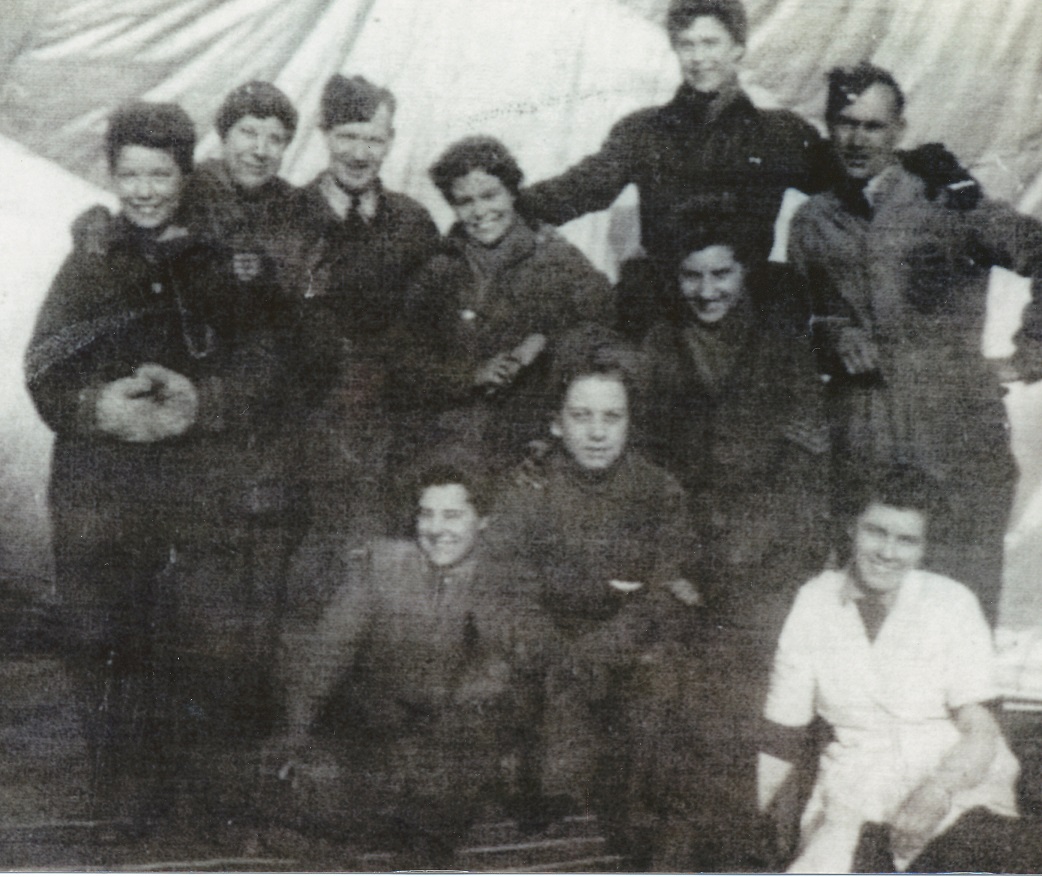

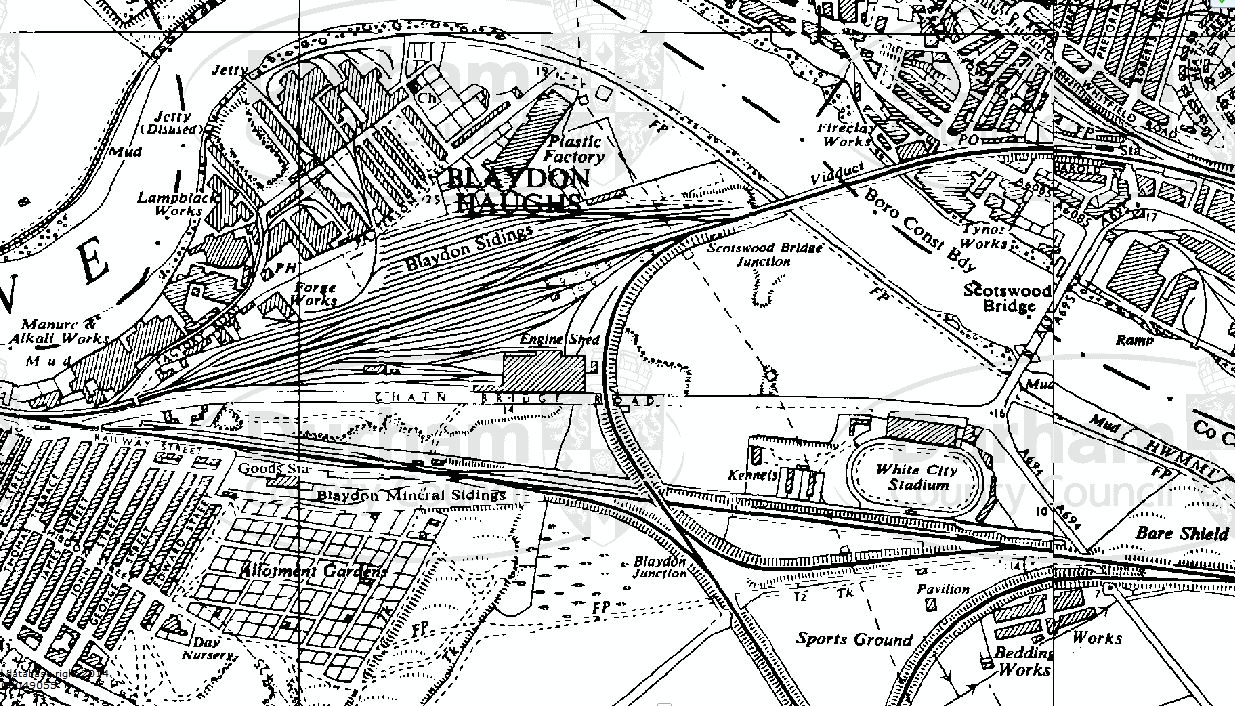
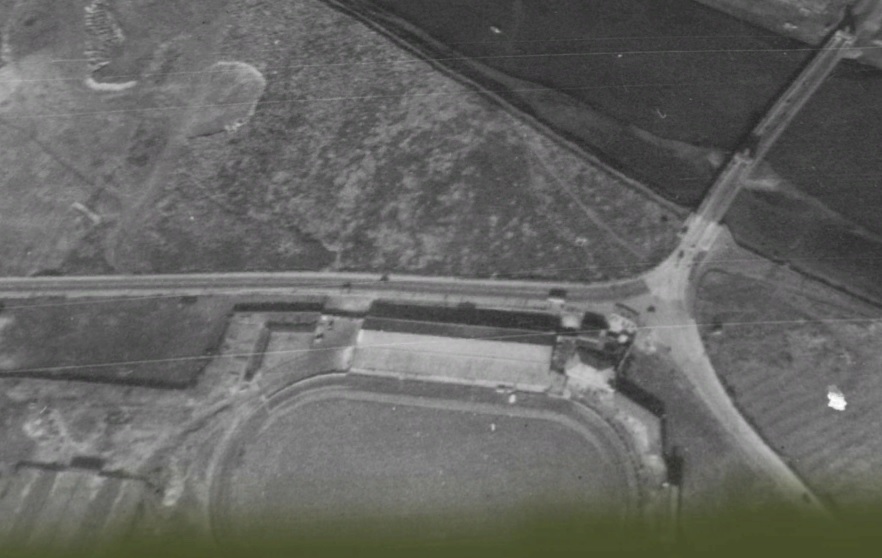
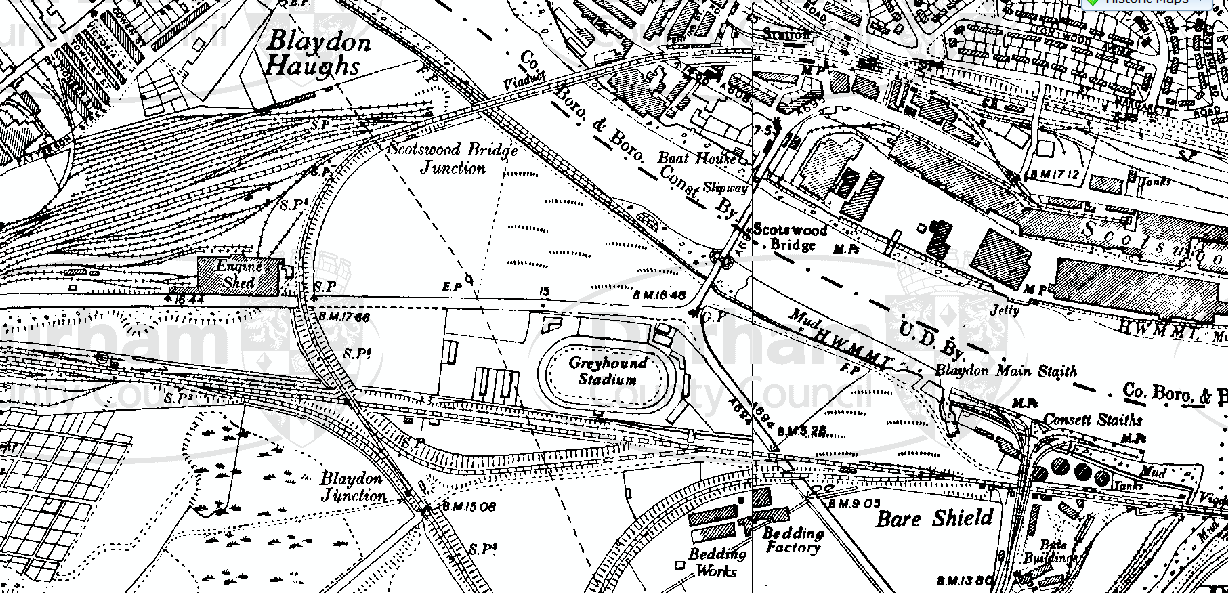
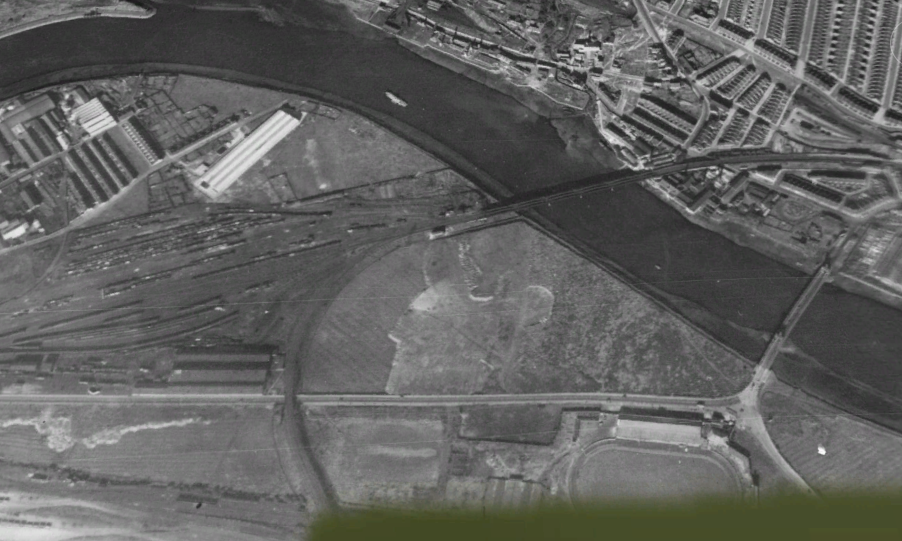
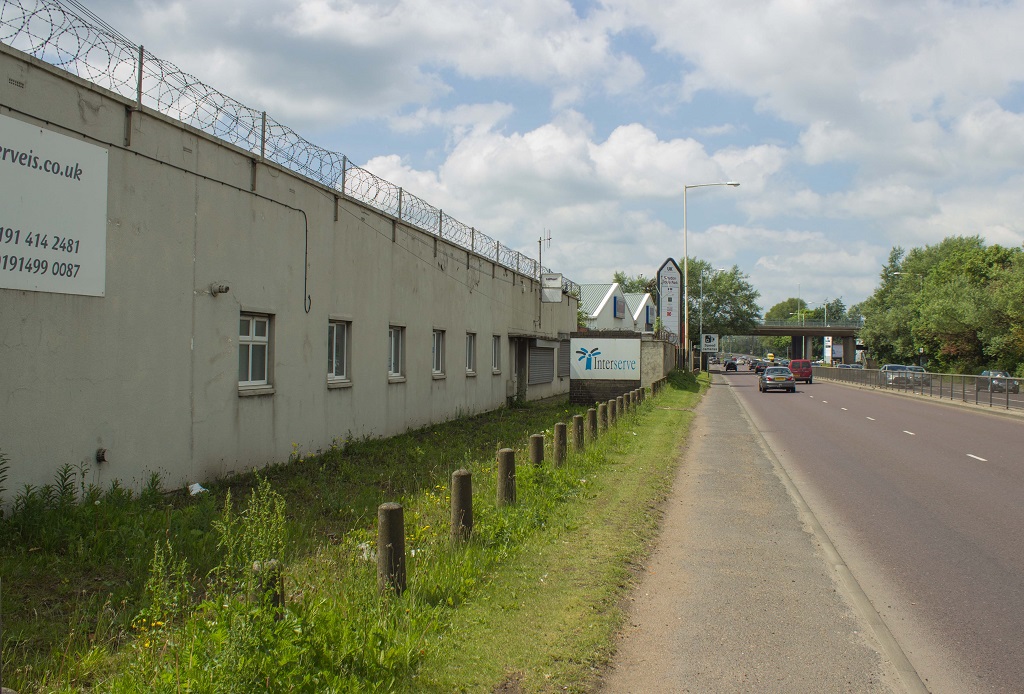
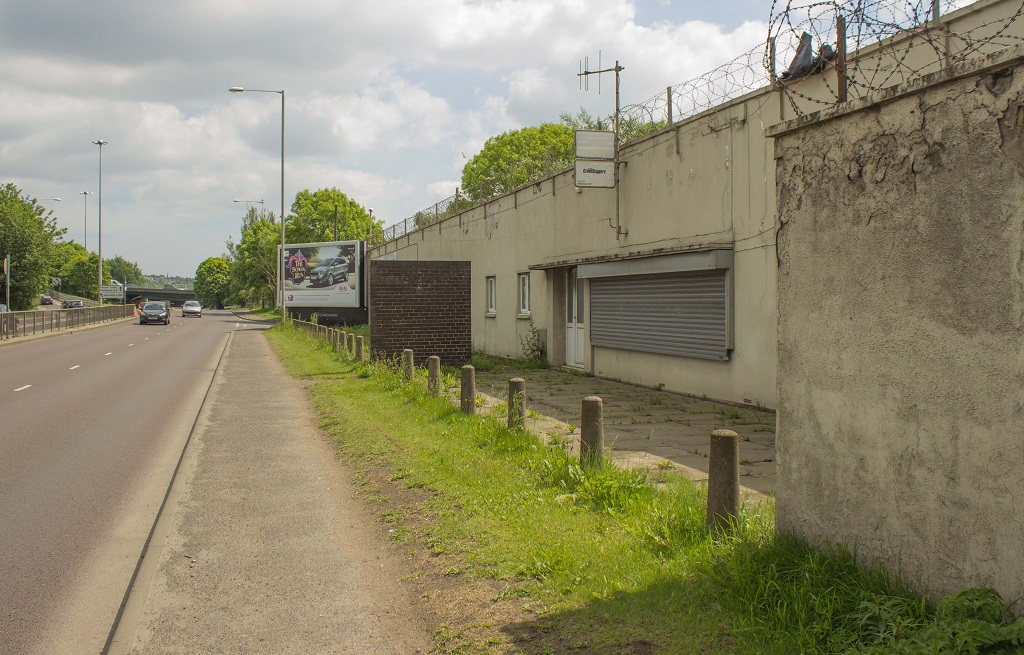
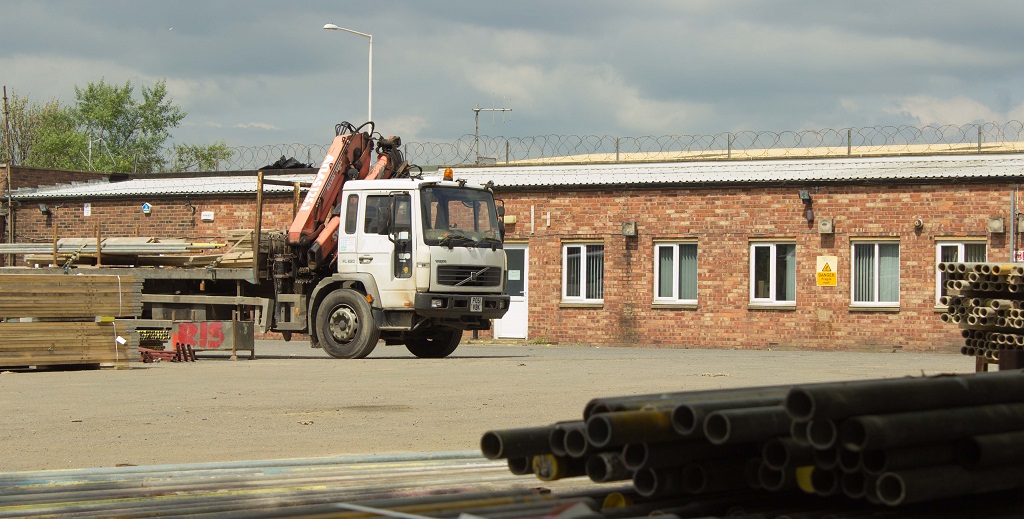
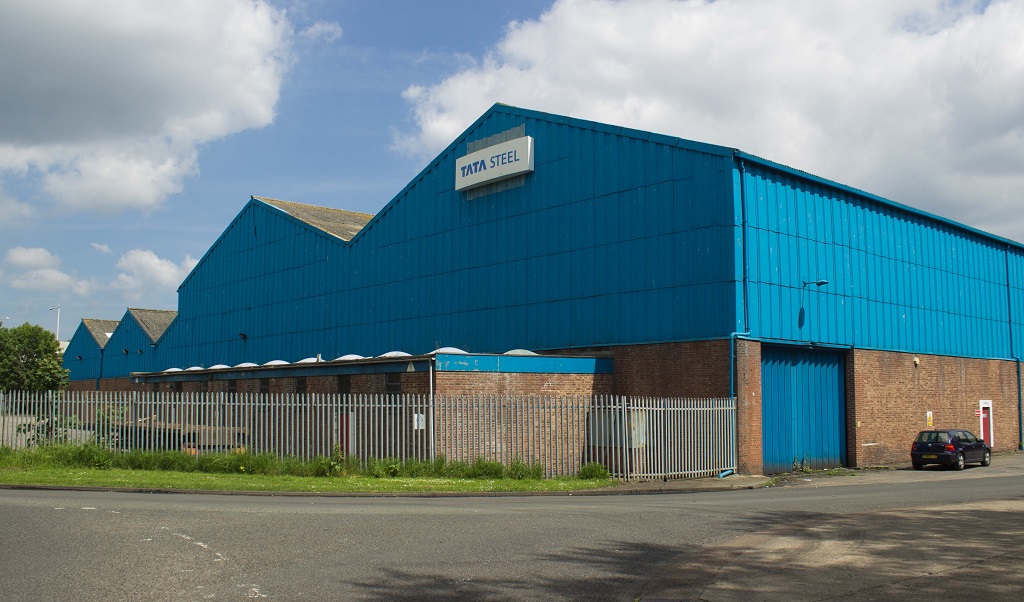
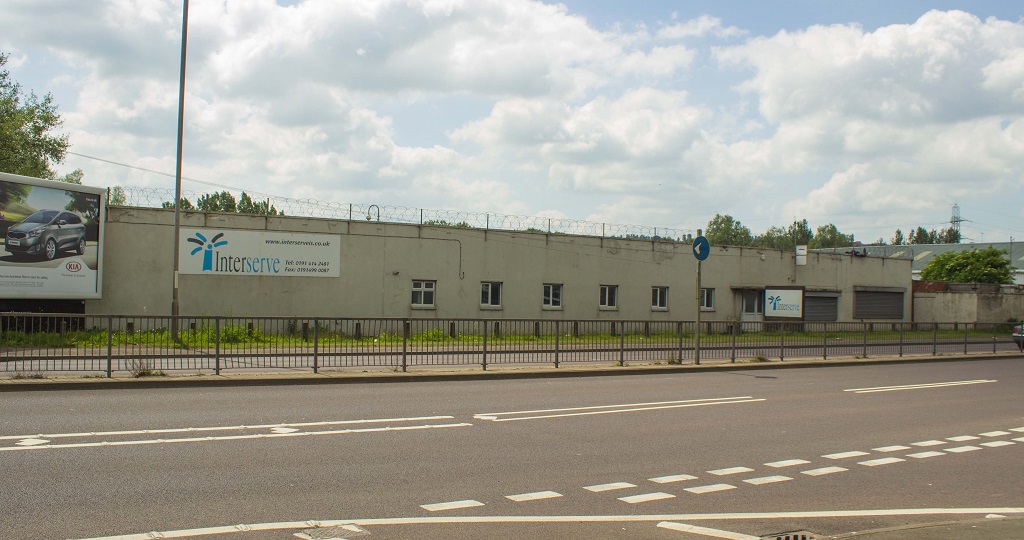
Acknowledgement – sincere thanks to the following websites for some information about the use of the stadium - -
http://iainwriter.wordpress.com/2013/11/14/1990-rugby-league-on-tyneside-by-trevor-delaney/
http://www.donmouth.co.uk/womens_football/quaker_ladies.html
http://webwanderers.org/?listing=swalwell-dates
Roly Veitch
30th May 2014
For more information on our local area history, our unique dialect, our wealth of dialect songs and other topics please visit the home page menu - link below.
Back to Home Page